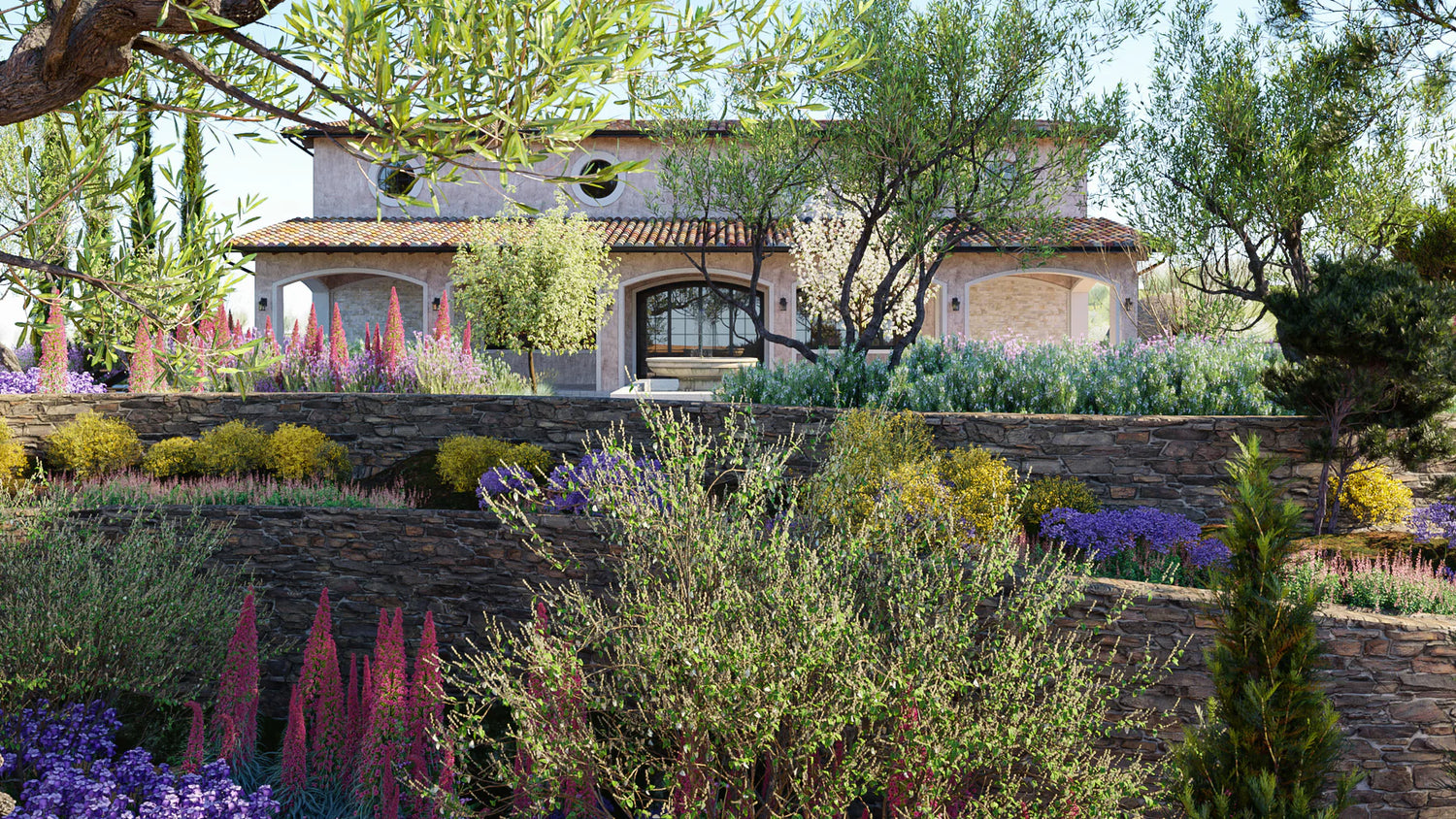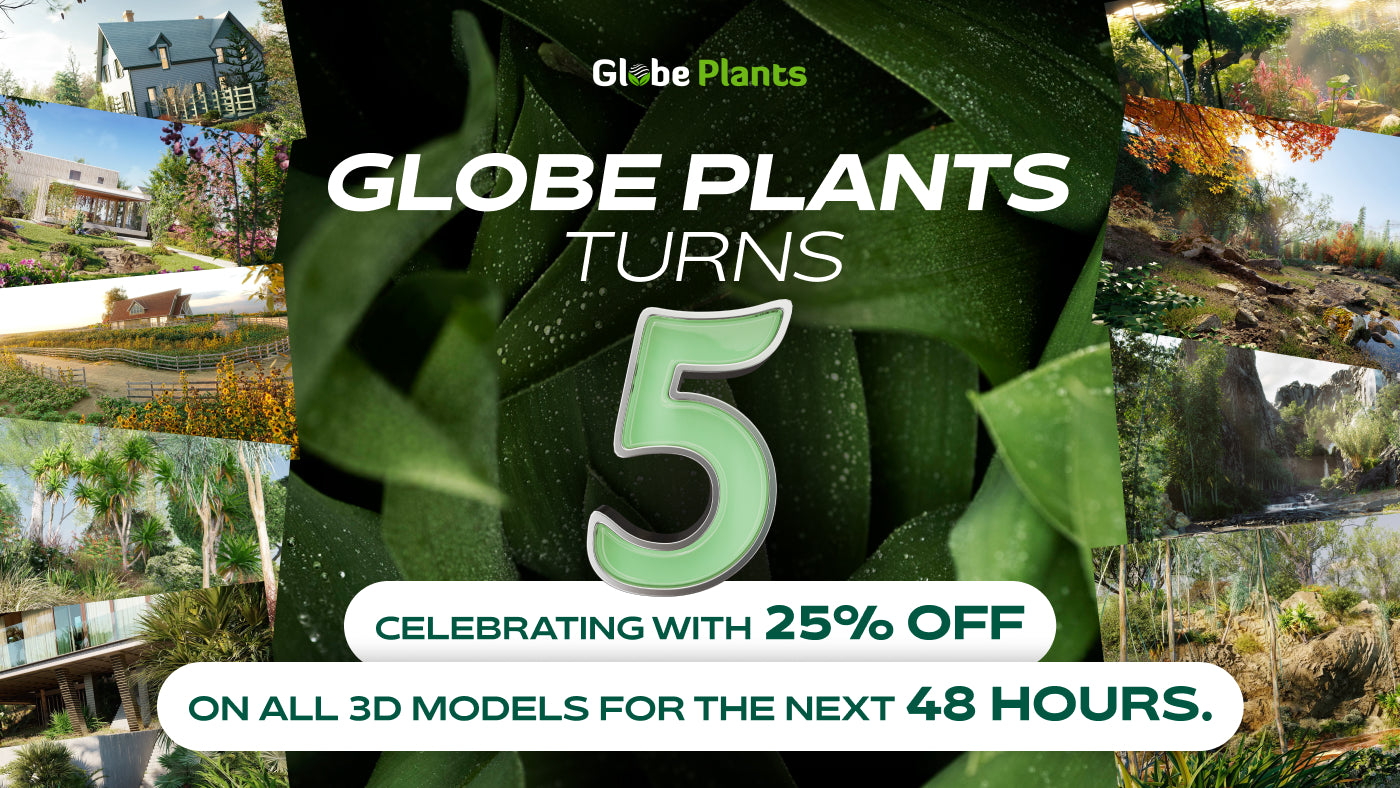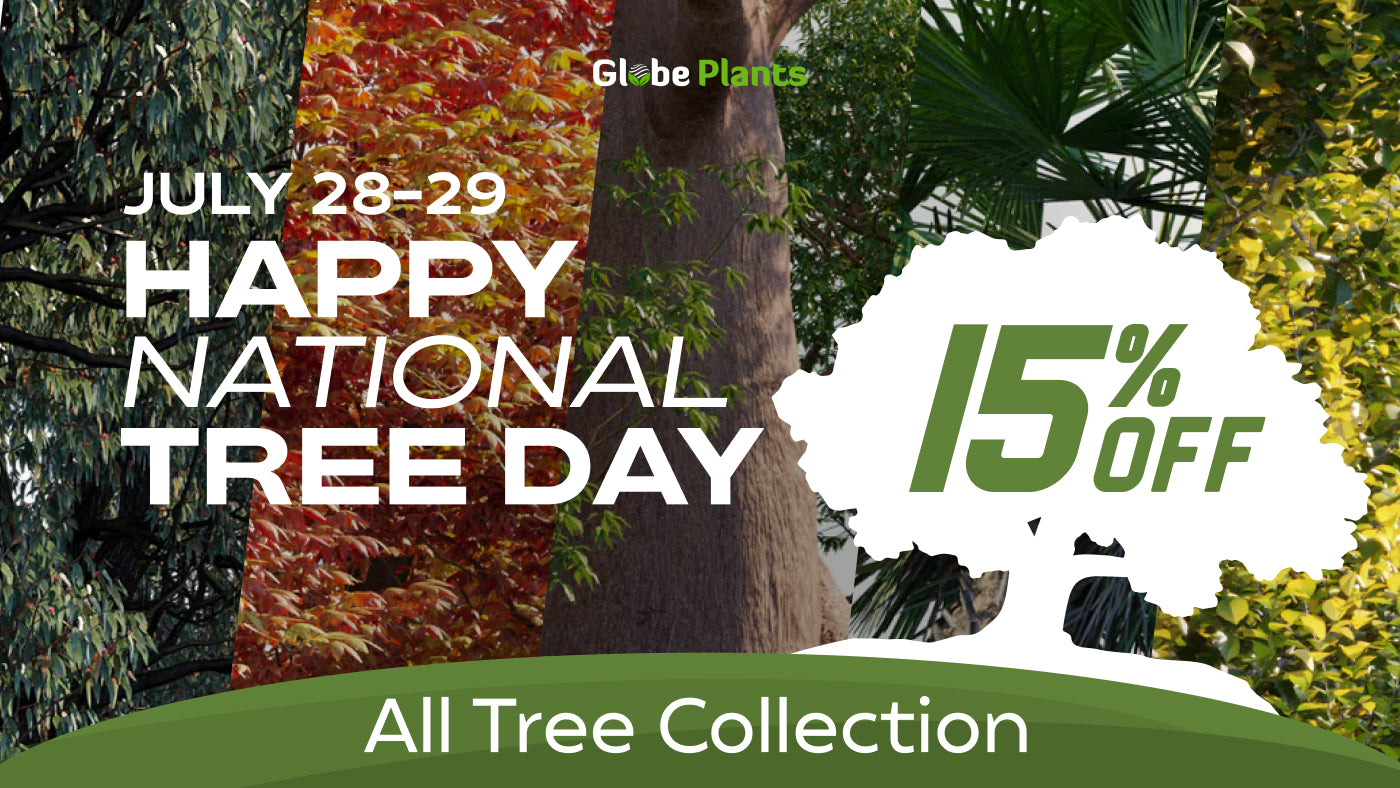In the realm of landscape design, 3D plant models have become an indispensable tool, transforming how designers visualize, plan, and present their projects. This article explores the unique benefits and applications of 3D plant models, emphasizing their substantial impact on the landscape design process.
Enhancing Visualization and Realism
One of the most significant advantages of 3D plant models in landscape design is their ability to create highly realistic and detailed visualizations. Unlike traditional 2D drawings, which often struggle to convey the full scope and spatial relationships within a project, 3D plant models offer an immersive experience. Designers, clients, and stakeholders can explore proposed landscapes from multiple angles, appreciating the intricate details of plant species, growth patterns, and seasonal changes. This enhanced visualization helps in better understanding the design intent and identifying potential issues early in the process.
Improving Communication and Collaboration
Effective communication is vital in any landscape design project, involving a diverse team of designers, clients, contractors, and other stakeholders. 3D plant models serve as a common visual language that bridges the gap between technical professionals and non-experts. These models facilitate clearer communication of design ideas, ensuring that everyone involved has a comprehensive understanding of the project. Additionally, 3D plant models can be easily shared and collaborated on, streamlining the feedback process and fostering a more cohesive and efficient workflow.
Streamlining the Design Process
3D plant modeling significantly streamlines the landscape design process by allowing for rapid prototyping and iteration. Designers can quickly create and modify models, experimenting with different plant species, arrangements, and layouts. This flexibility not only speeds up the decision-making process but also enhances the overall quality of the design. By testing various scenarios and configurations in a virtual environment, designers can optimize their solutions and achieve more innovative and effective outcomes.
Facilitating Accurate and Detailed Analysis
The precision and detail offered by 3D plant models enable landscape designers to conduct thorough analyses of their designs. This includes evaluating plant growth patterns, seasonal changes, and environmental impact. Advanced simulation tools integrated with 3D modeling software can predict how a landscape will perform under different conditions, aiding in the creation of sustainable and resilient designs. These analyses are crucial for meeting regulatory requirements and ensuring the long-term success of a project.
Enhancing Client Engagement and Approval
Clients often find it challenging to interpret traditional landscape design plans. 3D plant models, with their realistic representations, provide a more intuitive and engaging way for clients to understand and interact with the proposed designs. Virtual walkthroughs, augmented reality (AR), and virtual reality (VR) experiences allow clients to immerse themselves in the design, providing valuable feedback and making more informed decisions. This increased engagement leads to higher client satisfaction and smoother approval processes.
Supporting Sustainable Landscape Design
Sustainability is a critical consideration in modern landscape design. 3D plant models help designers create environmentally friendly landscapes by allowing them to simulate and analyze the impact of their designs on the environment. This includes assessing water usage, energy efficiency, and the ecological impact of plant selections and hardscape materials. By integrating sustainability into the design process, 3D plant models support the creation of landscapes that are not only beautiful but also environmentally responsible.
Aiding in Marketing and Presentation
3D plant models are powerful marketing tools that can be used to showcase landscape designs to potential clients, investors, and the public. High-quality renderings, animations, and interactive models create compelling presentations that highlight the unique features and benefits of a design. These visuals can be utilized in marketing materials, websites, and presentations, helping to attract interest and support for the project.
Conclusion
The importance of 3D plant models in landscape design cannot be overstated. They enhance visualization, improve communication, streamline the design process, facilitate detailed analysis, and support client engagement and sustainable design practices. As technology continues to advance, the capabilities of 3D modeling will only grow, offering even more sophisticated tools for landscape designers. Embracing 3D plant models is essential for staying competitive in the industry and delivering innovative, high-quality designs that meet the needs of modern society.
By leveraging the power of 3D plant models, landscape designers can create more efficient, sustainable, and aesthetically pleasing outdoor spaces that cater to the evolving demands of our world. For top-quality 3D plant models that can elevate your landscape design projects, visit Globe Plants.



